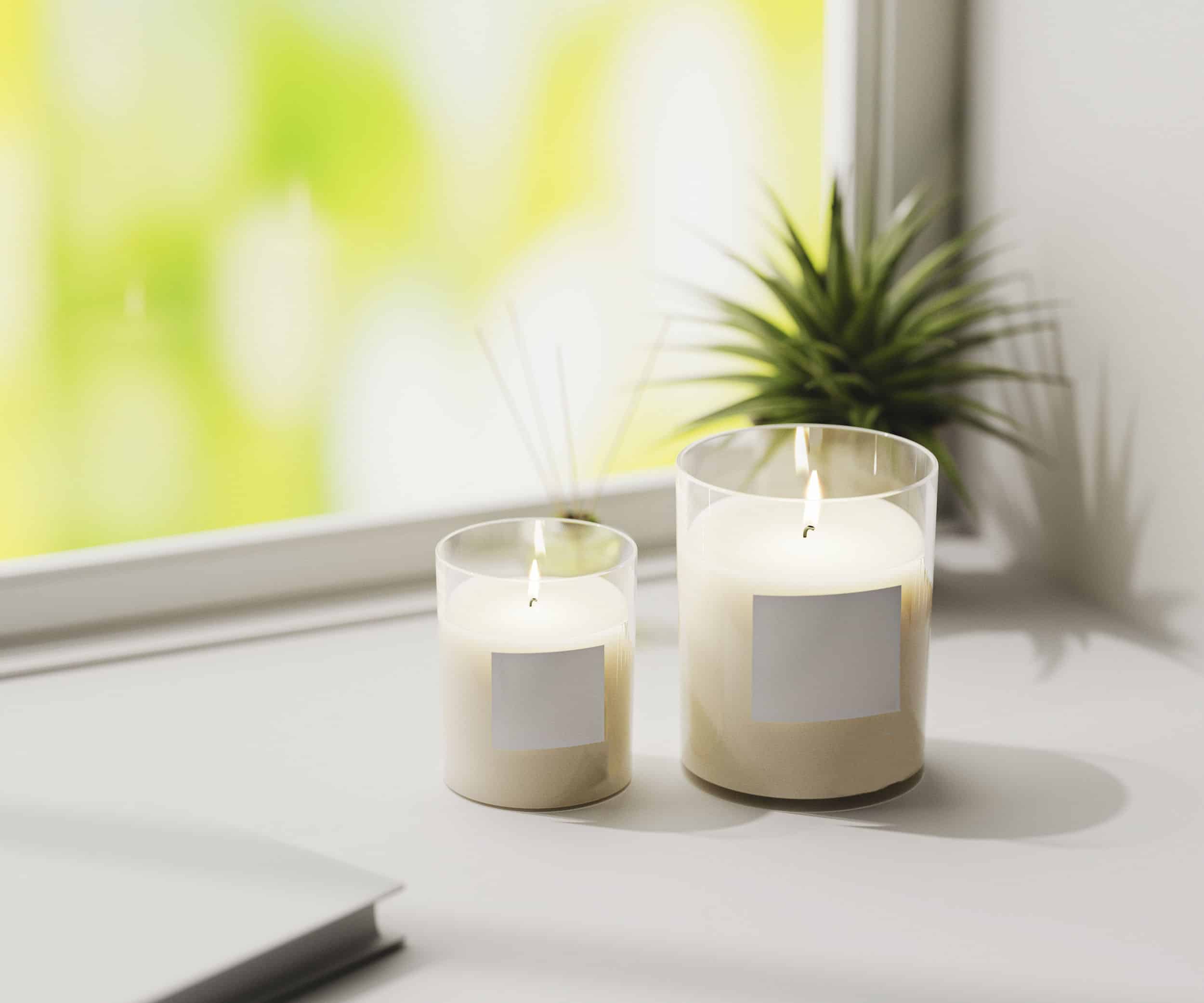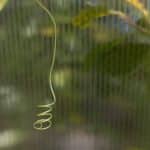Are you looking to bring a touch of greenery to your windowsill or kitchen? Or perhaps you wish to add some vibrant, fresh flavours to your culinary exploits? Whichever your reasons may be, growing an aromatic kitchen garden with herbs is a rewarding endeavour. This hobby not only enhances your cooking experience but also adds an element of nature to your home. This comprehensive guide delves into how to establish your herb garden, focusing on those plants that will thrive in the UK climate.
Choosing the Right Herbs for Your Kitchen Garden
Before beginning your gardening journey, the first step is recognising which plants are best suited for your kitchen garden. When it comes to the UK climate, herbs such as rosemary, mint, and basil, among others, are known to flourish.
Avez-vous vu cela : What’s the Best Way to Design a Cozy, Low-Maintenance Winter Garden Room?
Rosemary is a hardy perennial herb with needle-like leaves that love the UK’s temperate climate. It is a multipurpose herb, widely used in various cuisines and as a decorative plant.
Mint is another plant that thrives in the UK climate due to its adaptability. It is best grown in pots as it tends to spread aggressively when planted in the garden.
Dans le meme genre : What’s the Best Way to Organize a Home Workshop for DIY Electronics and Robotics?
Finally, Basil enjoys the warmer summer months of the UK and makes an excellent addition to your kitchen herb garden.
The Importance of Quality Soil
The foundation of any successful garden lies in the quality of its soil. For your herbs to grow and thrive, you need to ensure the soil you use is nutrient-rich and well-drained.
Most herbs prefer a neutral to slightly acidic soil pH, somewhere between 6.0 and 7.0. A soil testing kit, readily available in garden centres or online, will help you ascertain the pH of your soil.
If the pH is too high or too low, it can be modified using soil amendments. Lime can be added to increase the pH (make it more alkaline) and sulphur will decrease the pH (make it more acidic).
Furthermore, good soil structure is crucial for the healthy growth of your herbs. The structure should be loose and crumbly, allowing the roots to easily spread and absorb nutrients.
The Art of Sowing and Growing Herbs
Once you have selected your herbs and prepared your soil, it’s time to sow your seeds. While it might seem daunting initially, growing herbs from seeds is a rewarding process and allows you to witness the miracle of plant growth firsthand.
Most herb seeds are small and should be planted shallowly, no more than a quarter of an inch deep. Larger seeds such as those of rosemary can be planted a little deeper.
Watering is a vital aspect of growing herbs. You need to ensure that the seeds are well-watered but not waterlogged, as this can lead to root rot.
It’s also important to consider the needs of each specific herb. For instance, basil seeds will require a warm, sunny spot, while mint prefers shaded areas.
Using Pots and Containers for Your Herb Garden
If space is an issue, don’t worry. Many herbs grow well in pots and containers, making them ideal for small spaces such as a kitchen windowsill or balcony.
When choosing pots for your herbs, consider the size and material. The pot should be large enough to accommodate the mature plant and its root system.
Terracotta pots are an excellent choice as they are breathable and allow excess water to evaporate. However, they also dry out faster than plastic pots, so keep that in mind when watering.
Remember to ensure your pots have adequate drainage holes to prevent waterlogging.
Caring for Your Herbs
With your herbs planted and thriving, you’ll want to give them the best care possible. Regular watering, feeding, and pruning will keep your herbs healthy and productive.
Watering needs will vary depending on the herb and the size of the pot. As a general rule, herbs should be watered when the top inch of soil feels dry to the touch.
Feeding your herbs is also crucial. Using a balanced, slow-release fertiliser every few weeks can help to replenish nutrients in the soil and promote healthy growth.
Finally, regular pruning not only helps to maintain the shape and size of your plants, but it also encourages the growth of new leaves. Don’t be afraid to use your herbs regularly in cooking, as this will stimulate further growth.
Building an aromatic kitchen garden is a gratifying process that rewards you with fresh herbs right at your fingertips. Remember, the key to a successful garden lies in choosing the right plants, providing quality soil, and taking good care of your herbs. Happy gardening!
Harvesting and Storing Your Herbs
After successfully nurturing your herb garden, the time will come to harvest your herbs. Harvesting not only provides you with fresh herbs for cooking but it also encourages new growth.
To harvest, simply snip off the top leaves or stems using a pair of garden shears. Always remember to leave at least a third of the plant intact to promote further growth. The best time to harvest is in the morning when the herbs are at their peak freshness.
While fresh herbs bring an unparalleled zing to your culinary creations, there are times when you might want to store them for later use. Herbs can be dried, frozen, or even used to make flavoured oils and vinegars.
To dry your herbs, tie them in small bundles and hang them upside down in a warm, airy place. Once fully dry, store them in airtight containers away from direct sunlight. .
For freezing, place the herbs in ice cube trays filled with water or oil. Once frozen, these herb cubes can be conveniently added to your stews or sauces.
Remember that storing herbs appropriately allows you to enjoy their fresh, vibrant flavours year-round.
Potential Pests and Diseases
There’s no denying that growing herbs can come with its fair share of challenges, primarily in the form of pests and diseases.
Common pests that might attack your herb garden include aphids, snails, and whiteflies. Consider implementing organic pest control methods, such as introducing beneficial insects or using homemade sprays.
As for diseases, herbs are prone to fungal infections, especially if overwatered or in poorly drained soil. Always water your herbs at the base, as wet leaves can encourage fungal growth.
Regularly check your plants for any signs of disease or pest infestation. Catching these issues early will ensure your herb garden remains healthy and vibrant.
Conclusion
Creating an aromatic kitchen garden with herbs that thrive in the UK climate is a thoroughly rewarding process. Whether you’re a seasoned gardener or a novice, the joy of watching your herbs grow, and the satisfaction of using them in your cooking, is truly unmatched.
Remember to choose the right herbs, provide quality soil, appropriately sow and care for your plants, and tackle any potential pests and diseases promptly. Keep these tips in mind, and you’ll have a flourishing herb garden that adds a touch of greenery to your home and elevates your culinary endeavours.
So, roll up your sleeves, grab your seed packets, and let the adventure of herb gardening begin. Happy gardening!
















